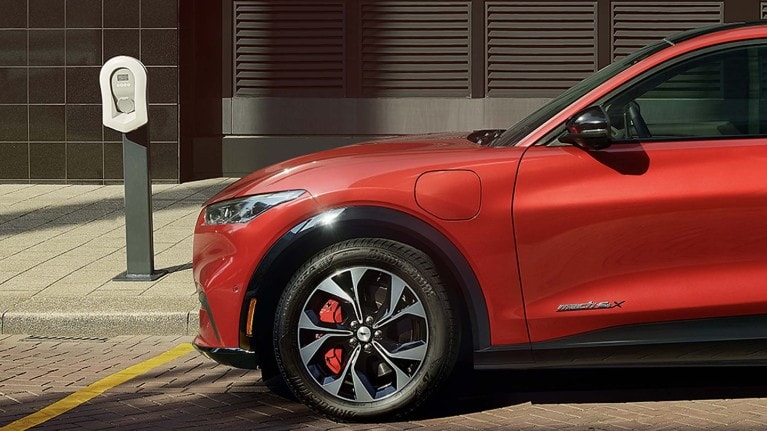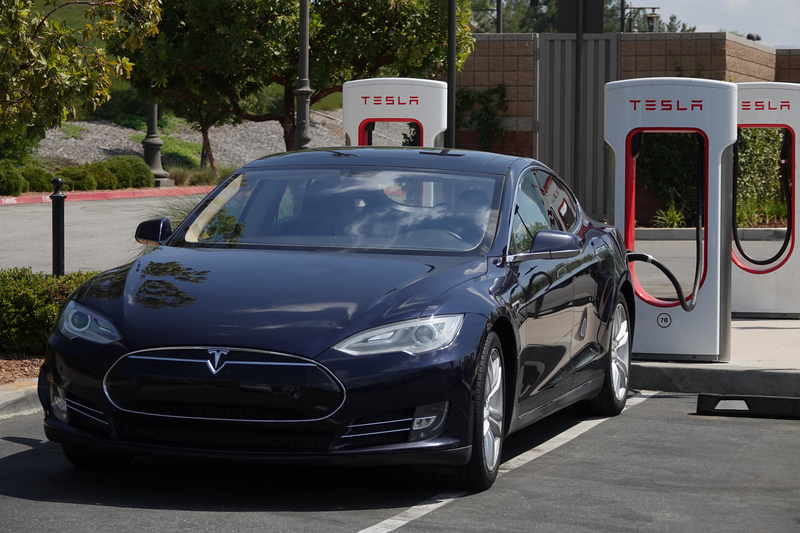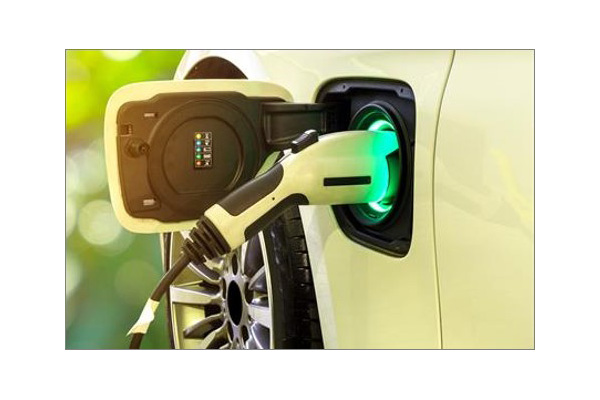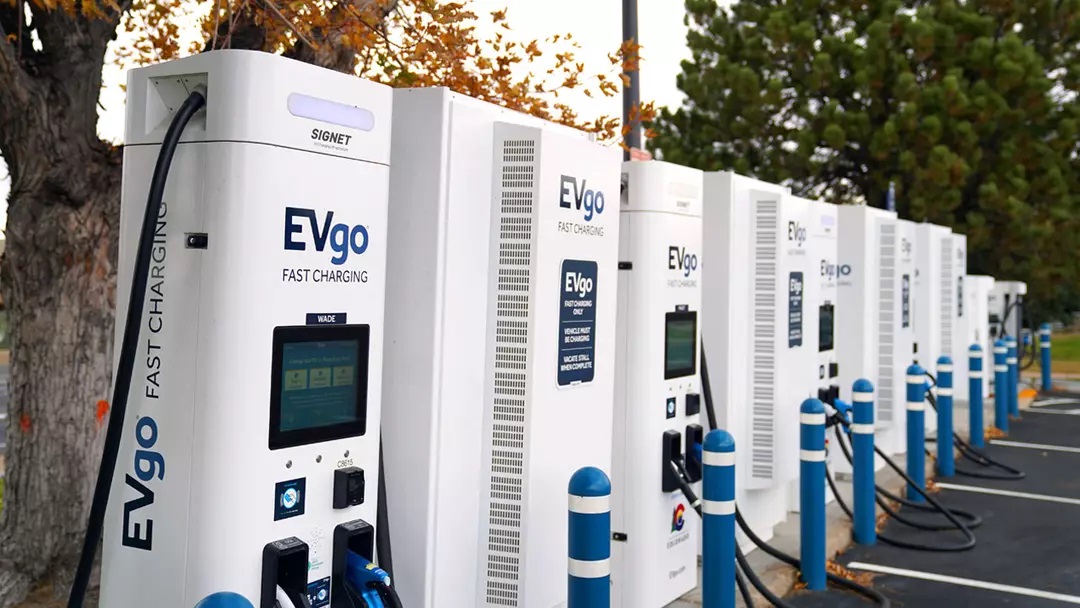
A new report from Research and Markets predicts the global EV charging infrastructure market to reach a staggering US$125.39bn by 2030, expanding at a CAGR of 25.4% from 2024 to 2030. The growth of the electric vehicle charging infrastructure (EVCI) market is attributed to a growing consumer base adopting electric vehicles. This shift is fuelled by eco-friendly choices, rising fuel expenses, government incentives, and reduced ownership costs throughout the vehicle's lifespan.
An increasing interest in electric vehicles is amplifying the need for sufficient charging infrastructure, driving market growth. Several electric vehicle manufacturers, including Kia Motors, Volvo, Ford, and Mercedes-Benz, are partnering with charging infrastructure providers to ensure convenient access to charging stations.
Moreover, Ecotap, Delta Electronics, and Enel X, among others, are focusing on the development of solar-powered electric vehicle charging stations. For instance, within the Honda SmartCharge program, Enel X is engaged in developing a charging station powered by solar energy in Hawaii, through collaboration with the Hawaiian Electric Company.
Several companies are working to enhance electric vehicle supply equipment (EVSE) to improve convenience for long-distance travel. Manufacturers such as Tesla and Nissan are focusing on ensuring compatibility of their electric vehicles with public charging networks. For instance, in February 2023, in a move to bolster EV adoption in the US, the White House collaborated with Tesla to increase the availability of EV charging infrastructure across the US. As part of the collaboration, Tesla has pledged to make at least 7,500 of its chargers available to all types of EVs by the end of 2024.
The significant growth is majorly owing to the rising initiatives undertaken by both private as well as public sectors to encourage the population to switch to electric vehicles. These initiatives have stimulated the purchase of EVs and have concurrently raised consumer awareness about the advantages of such vehicles. Therefore, the demand for EV charging infrastructure is anticipated to grow significantly.
For instance, in the US, the Washington State Department of Transportation has collaborated with the Oregon Department of Transportation to construct the West Coast Electric Highway (WCEH), which includes 57 EV charging stations across Washington and Oregon. Moreover, multiple governments are collaboratively developing intercontinental networks of highway charging stations.
The rising demand for EVs is owing to the increasing awareness of environmental sustainability and the strict emissions regulations enforced by governments. As private companies are focusing on innovating electric vehicle chargers and charging stations, governments are partnering with these firms to deploy EV charging infrastructure. In addition, technologies, such as near-field communication (NFC) and radio frequency identification (RFID), have enabled the installation of interactive, self-operated, and kiosk-based charging stations within highway charging stations. Numerous private organisations are investing in the development of electric vehicle charging stations along highways. All these factors are propelling the demand for highway EV charging stations.
The report highlights several areas within the EV charging market expected to experience significant growth. Fast chargers, offering quicker charging times, are gaining popularity among consumers. The CHAdeMO connector, enabling rapid DC charging, is also anticipated to see significant growth. Level 2 charging, prevalent in urban areas and along highways, is expected to expand further with increasing EV adoption. While non-connected charging stations currently dominate the market, connected options are expected to gain traction in the coming years. Finally, the commercial sector, with its growing number of charging stations and government support, is predicted to hold a major share of the market.
Stringent emission regulations and a strong focus on EV research and development have positioned the Asia-Pacific region as the current leader in the EV charging infrastructure market. However, with the global EV revolution gaining momentum, all regions are expected to witness significant growth in the coming years.












